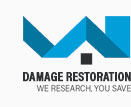 |
 |
 |
 |
|
|
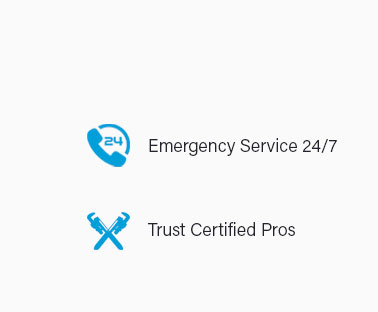 |
 |
 |
 |
 |
 |
 |
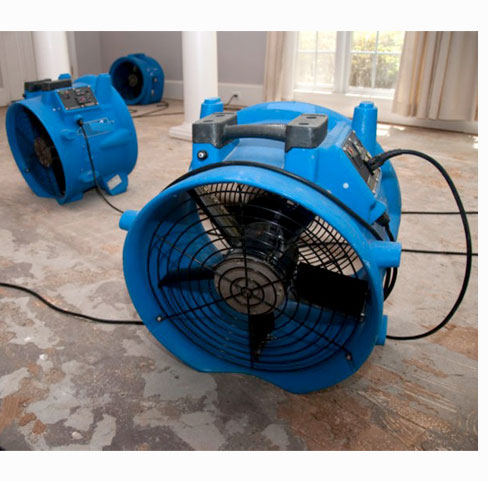 |
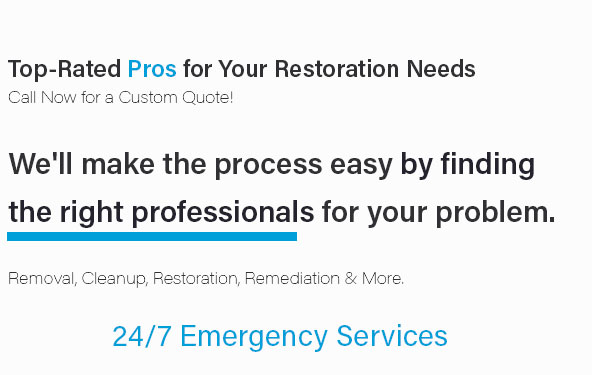 |
 |
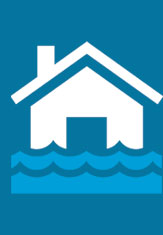 |
 |
 |
Understanding Water Damage Restoration in Greenville, NC: A Comprehensive Beginner's GuideWater damage is an issue that many residents of Greenville, NC, may encounter, whether due to the region's unpredictable weather patterns or unforeseen household mishaps. It is crucial to understand the steps involved in water damage restoration to mitigate potential losses and ensure a safe living environment. This guide aims to provide a detailed overview of the process, highlighting the importance of timely and effective restoration efforts. First and foremost, recognizing the signs of water damage is essential. These signs can range from visible stains and discoloration on walls and ceilings to a musty odor that permeates the home. Often, water damage can manifest in more subtle ways, such as warped flooring or peeling paint, which might not be immediately obvious to an untrained eye. This is why it is beneficial for homeowners to conduct regular inspections, especially after heavy rains or plumbing incidents. Once water damage is suspected or detected, the initial step is to assess the extent of the damage. This involves determining the source of the water, which can vary from a leaking roof to a burst pipe or even groundwater seepage. In Greenville, NC, where humidity levels can fluctuate, it is vital to consider the potential for mold growth, which can occur within 24 to 48 hours after water exposure. Mold not only poses health risks but also complicates the restoration process, making prompt action imperative. Engaging with a professional restoration service can make a significant difference in the outcome of the water damage mitigation process. These experts utilize specialized equipment to remove excess water and dry affected areas, reducing the risk of further deterioration. Additionally, they can offer invaluable advice on restoring or replacing damaged materials, whether it's drywall, insulation, or flooring. Their experience in handling insurance claims can also ease the financial burden, as they provide detailed reports and documentation to support the claims process. Another crucial aspect of water damage restoration is the prevention of future incidents. This might involve installing sump pumps, improving drainage systems, or sealing foundation cracks. Regular maintenance of plumbing and roofing systems can also prevent leaks and subsequent water damage. Educating homeowners about these preventive measures is an integral part of the restoration process, empowering them to protect their homes proactively. In conclusion, while water damage restoration in Greenville, NC, can seem daunting, especially for beginners, understanding the process and knowing when to seek professional help can alleviate much of the stress involved. By acting swiftly and employing preventative strategies, homeowners can not only restore their properties but also enhance their resilience against future water-related challenges. It is not just about repair but about fostering a safe and sustainable living environment. https://www.accrestoration.com/
ACC Restoration offers 24/7 water restoration, fire damage cleanup, mold removal, & carpet cleaning services in Greenville, NC & surrounding Pitt County ... https://eastcarolinarestorationservices.com/
damage repair solution for their fire, water, mold or other emergency damage. https://24-restore.net/
Trust 24 Restore, the restoration experts in fire and water restoration in Greenville NC. We employ strategic plans to restore spaces and rebuild your life.
|
